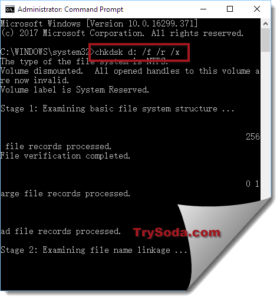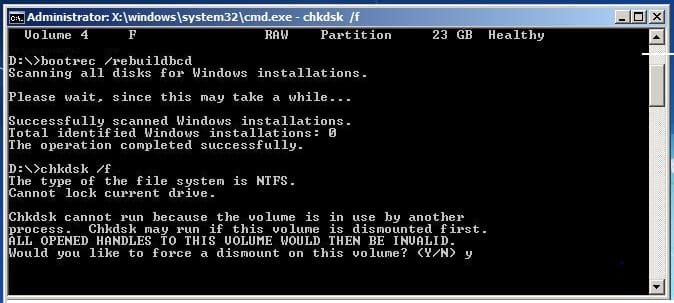

However, rest assured that it won’t cause your machine to cough up a lung this time around. It should be noted that your device will likely run chkdsk once again when you go through the above steps.

If it restarts into Recovery Console, select Exit and continue to Windows 10. The device should now start up as expected.Allow chkdsk to complete the scan, this can take a little while.Once Command Prompt opens, type: chkdsk /f.Select Command Prompt from the list of actions.The device should automatically start up into the Recovery Console after failing to start up a few times.If your system has already been kneecapped with disk corruption and you are currently unable to boot into Windows 10, Microsoft details the following workaround: “To find out more about using Group Policies, see Group Policy Overview.” “For enterprise-managed devices that have installed this update and encountered this issue, it can be resolved by installing and configuring a special Group Policy,” Microsoft adds. For example, chkdsk c: to scan your C: drive. If you’re in a hurry to get this problem fixed, Microsoft says that you can restart your device to expedite the installation of the fix. In the Command Prompt window, type chkdsk then space, followed by the name of the drive you want to check. However, the company states that it can take up to 24 hours for the fix to propagate to all non-managed devices. According to Microsoft, a fix has already been rolled out automatically to non-managed devices.


 0 kommentar(er)
0 kommentar(er)
